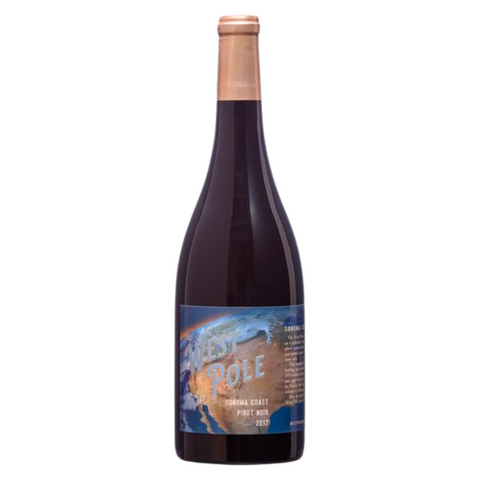
2021 Boheme "West Pole" Pinot Noir, Sonoma Coast, California, USA
Starlike clarity with rosewood-mulberry hue. Slow-fired Burgundy toast aroma with black and red fruits: cranberry, huckleberry, hibiscus and Kirsch cherry. Dark fruits impress the palate in hand with bergamot, sandalwood, clove, roasted chestnut and elderflower. Fine and abundant tannins follow—the wine is structured and versatile—pairing with cheese and vegetarian dishes, poultry, lamb and beef.
There are 2 units left in stock.
ABOUT THIS WINE
Twenty-nine Pinot Noir barrels from the Bohème single-vineyard program were selected for the 2018 vintage of West Pole Pinot Noir. Each component was estate-grown (including six Pinot Noir selections averaging 30% whole cluster fermentation) and aged 22 months in 10% new French Oak barrels.
ABOUT THIS PRODUCER
Driving the backroads of the southern Sonoma Coast, Beitler has his trio of leased vineyards, all windy and poor-soiled (both qualities excellent for making lower-alcohol, balanced Pinot Noirs and Chardonnays).
Bohème produces only about 1,500 cases per vintage, and that’s in a good year on the perpetually rugged coast. His troika of vineyards (soon to be four)—English Hill, Taylor Ridge and Stuller— produce grapes with somewhat disparate attributes derived from their particular terroir. For instance, while grapes from one might contribute salty, licorice flavors, others may be more floral and grapes grown on the third might display more fruit or less acidity.
Beitler maintains a style that keeps the wines in check—no trifle, given the often-harsh conditions the coastal terrain bestows, which at once can be damning and a blessing. That is, they are exquisitely flowery, delicate on the palate and always have spritely acids that are as brisk as they are cleansing. Bohème Chardonnays and Pinot Noirs are in the 13.5 to 14.3% alcohol range—low by California standards. When conditions bring lots of rain, cold and searing winds, the fruit can hold back its sweet delights, thereby elevating the acid levels to puckery-ness. But in the hands of a sensitive soul such as Beitler, the results can be gorgeous.
Part of the beauty of growing grapes close to the ocean, he explains, is that there’s a long growing season without accumulating sugars fast, and the wines are able to maintain complexity. “There’s a lot of pressure on New World producers for explosiveness, and Pinot Noir is no exception. Many take great pains to darken the wines, concentrate the flavors, soften the acidity.”
